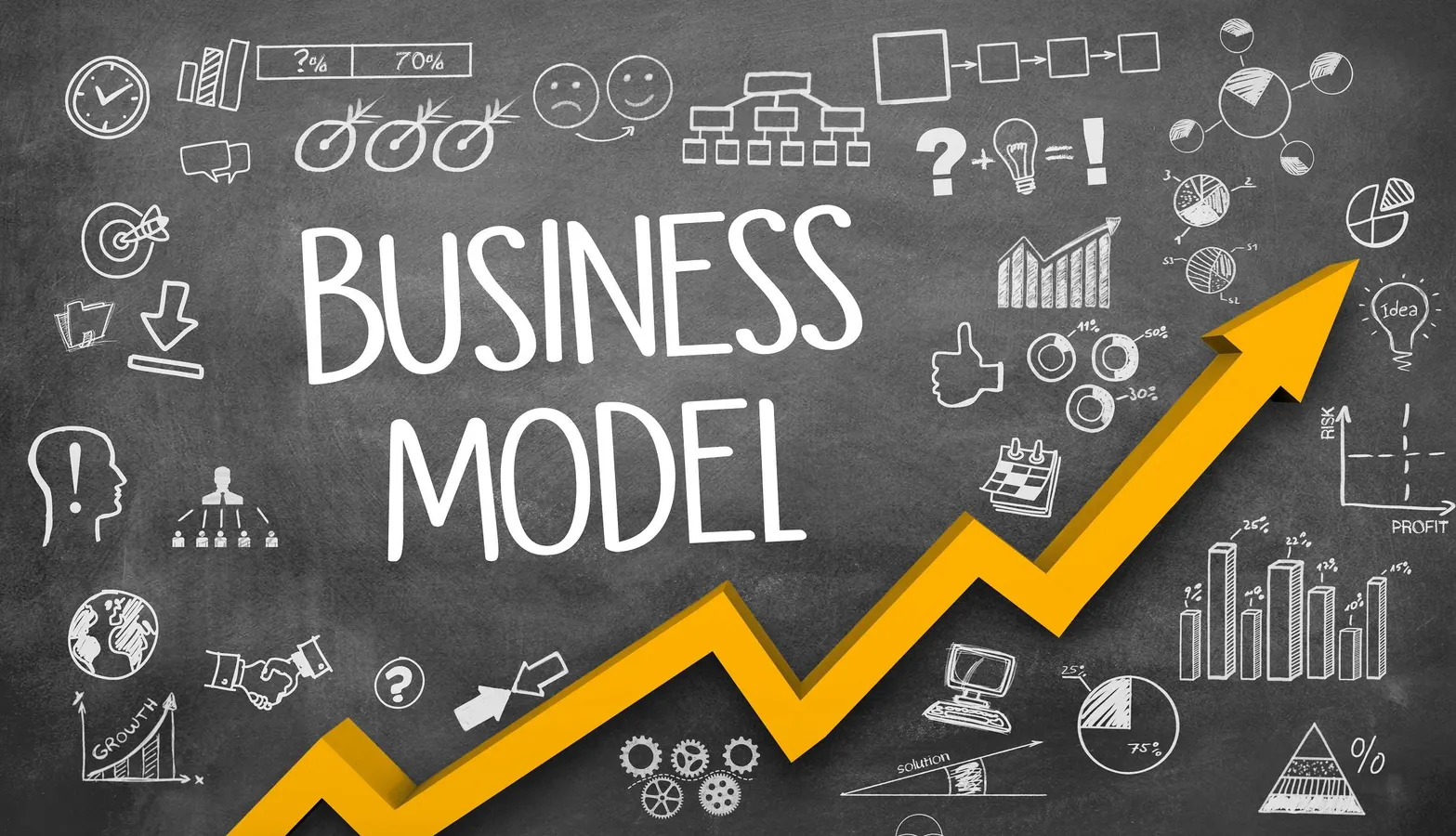
Emerging business models refer to new, innovative approaches companies are adopting to adapt to changing market conditions, technology, and consumer behavior. These models leverage advancements in technology, sustainability, and shifting economic trends. Some key emerging business models
This model revolves around offering products or services on a recurring subscription basis. Rather than purchasing items outright, customers make regular payments to access the service or product. It’s widely used in industries such as software, media, and even physical products like meal kits and toiletries.
The freemium model offers a basic version of a product or service for free, while charging users for premium features or services. This model is particularly common in tech and digital services, where users can access basic functionality but must pay for advanced features.
In the platform-based model, companies act as intermediaries that connect buyers and sellers or users and service providers, often using technology to facilitate transactions. The platform earns revenue by charging fees, commissions, or offering premium services.
The circular economy focuses on sustainability by minimizing waste and maximizing the reuse, recycling, and repurposing of products. Companies embrace designing products with longer lifecycles, where materials can be recovered and reused at the end of the product’s life.
The on-demand business model allows consumers to request and receive products or services at their convenience, often through mobile apps. This model offers fast access to goods or services when needed.
Data-driven business models leverage large amounts of customer and market data to make informed decisions. Businesses use this data to personalize experiences, improve efficiency, and optimize products or services for their audience.
The D2C model bypasses traditional retail channels, allowing businesses to sell directly to consumers through digital platforms or physical stores. This direct relationship enhances customer loyalty and enables better control over branding and pricing.
Crowdsourcing involves gathering input, resources, or funding from a large group of people, typically through the internet. This can help businesses develop products, solve problems, or fund new ventures.
No related posts found.